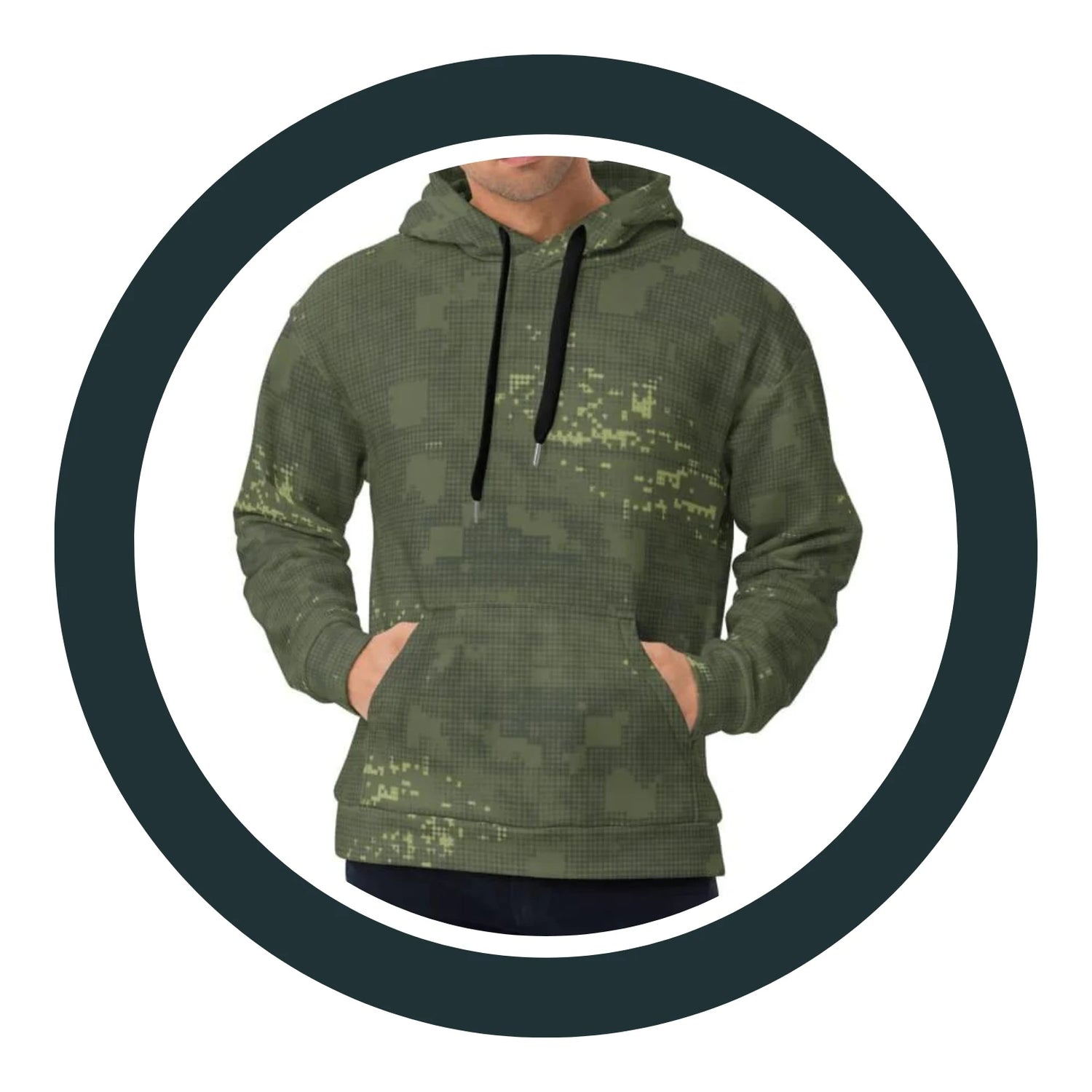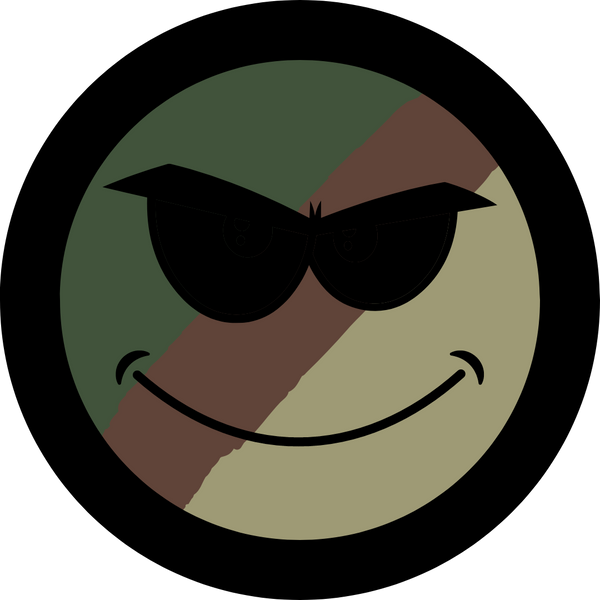Collection: British CAMO Patterns
It is believed that some of the very first camouflage suits were developed in the 19th century for use by Scottish gamekeepers hunting deer in the Scottish highlands. This earliest camouflage "uniform," called a Ghillie suit (from the Gaelic word gille for servant) utilized loose strips of multi-colored cloth, twine or burlap attached to a canvas greatcoat or loose hooded jacket & trousers, and was designed to appear as foliage. It was the Lovat Scouts, a Scottish Regiment of the British Army, that first designed functional Ghillie suits for military use, worn by sharpshooters during the Boer War (1899-1902). This same regiment revived the uniforms during the First World War, issuing them as specialized outfits for snipers. Such hand-made uniforms were also known as "Yowie suits" (particularly by Australians). In 1917, the Symien sniper suit was introduced, following traditional Ghillie designs, and worn by British troops from other regiments in reconnaissance and sniper roles. Despite their historic origins, Ghillie suits are still used today, and their construction is a skill that continues to be emphasized in many military sniper & scout/reconnaissance schools around the world.
-
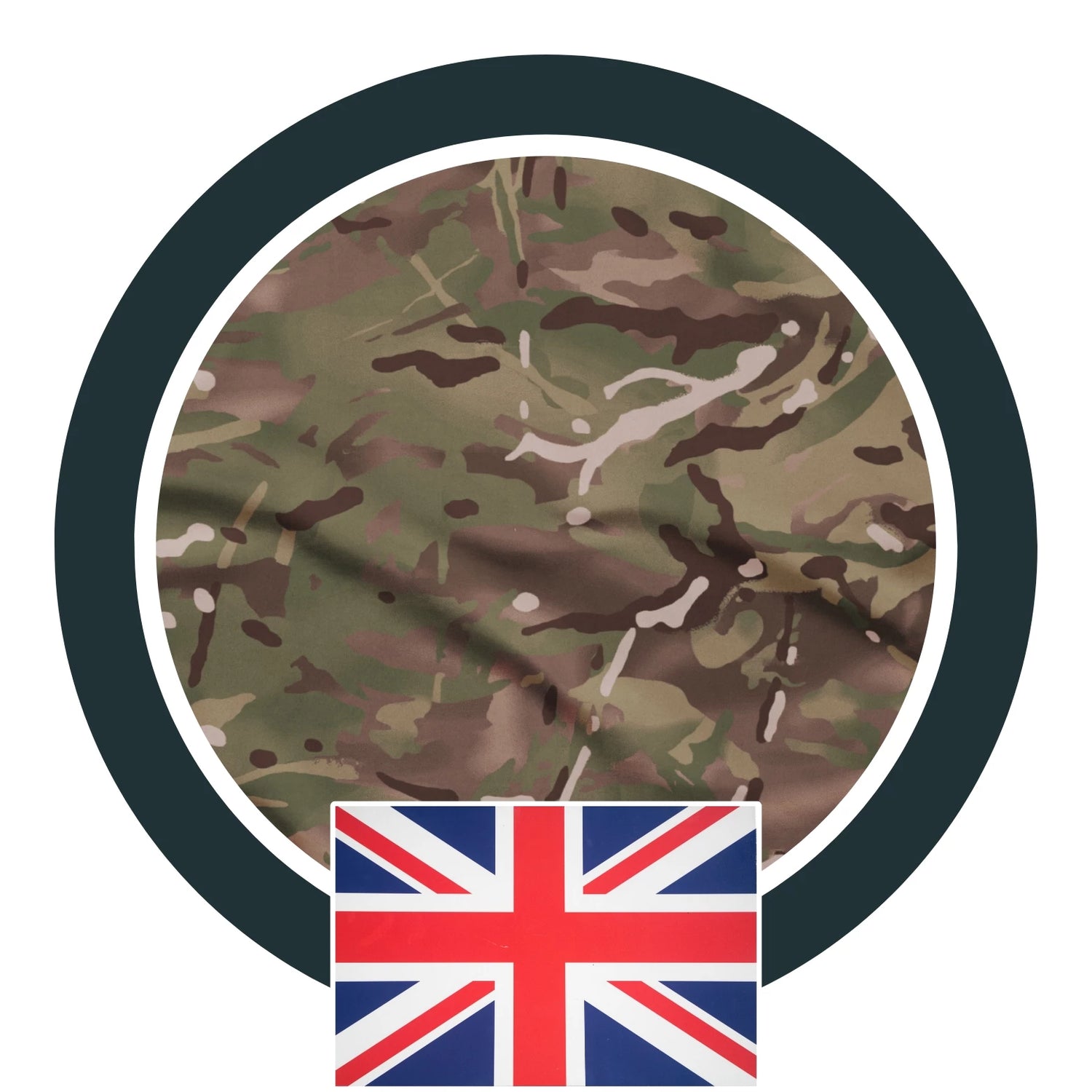
British Multi-Terrain Pattern (MTP) CAMO
The Multi-Terrain Pattern (MTP) is the standard camouflage pattern of the British...
-
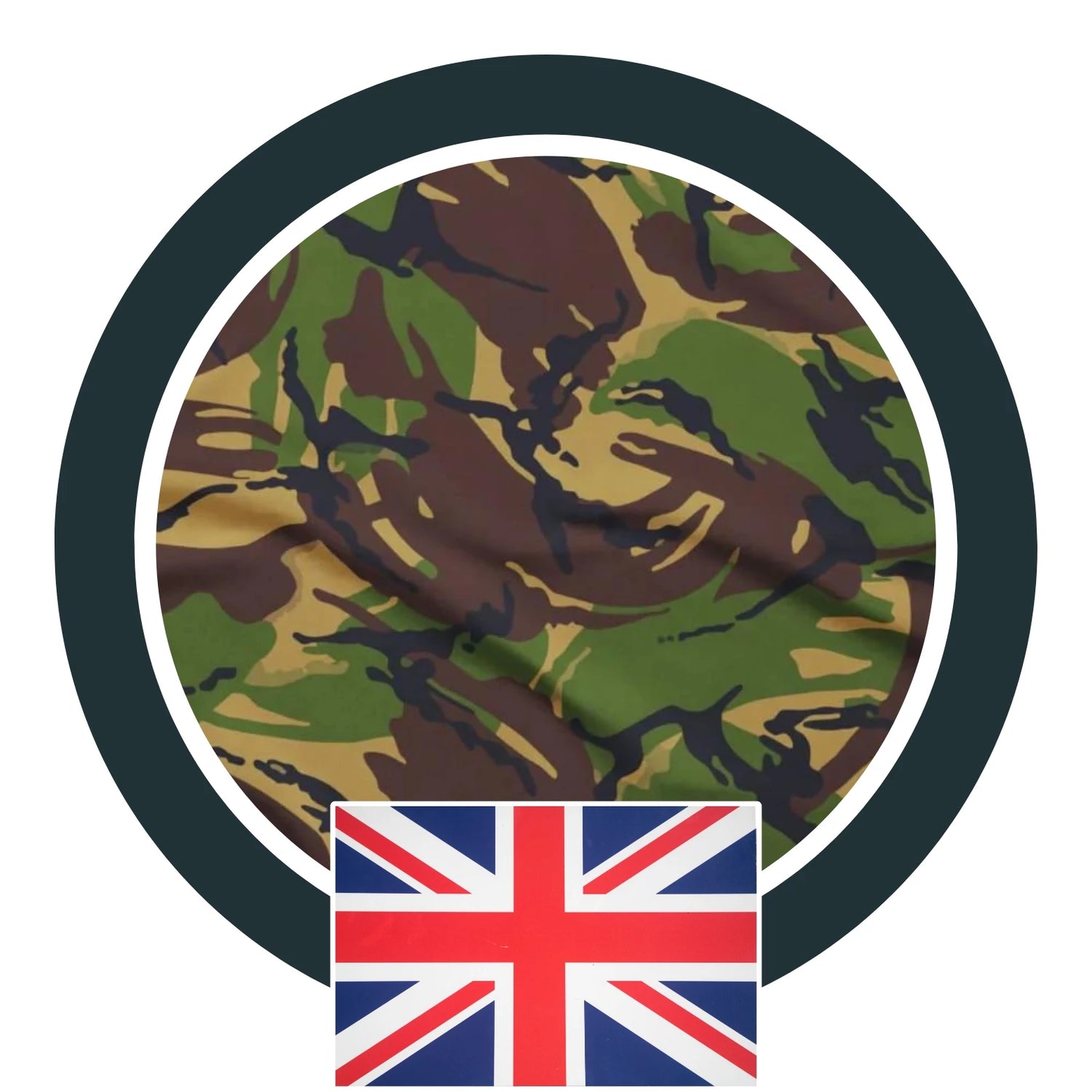
British DPM Woodland CAMO
DPM is the abbreviation for Disruptive Pattern Material, a term the British...
-
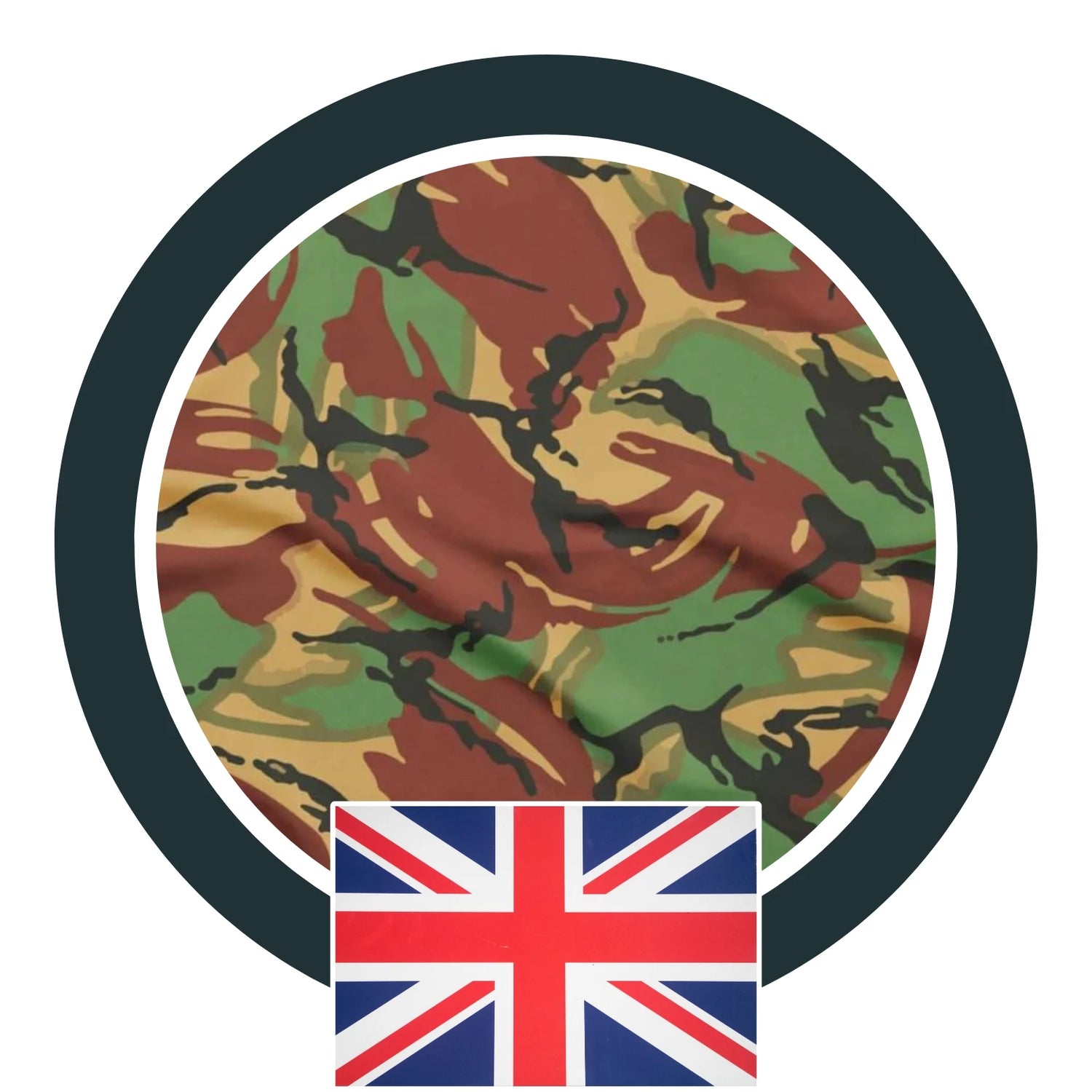
British DPM Tropical CAMO
DPM is the abbreviation for Disruptive Pattern Material, a term the British...
-
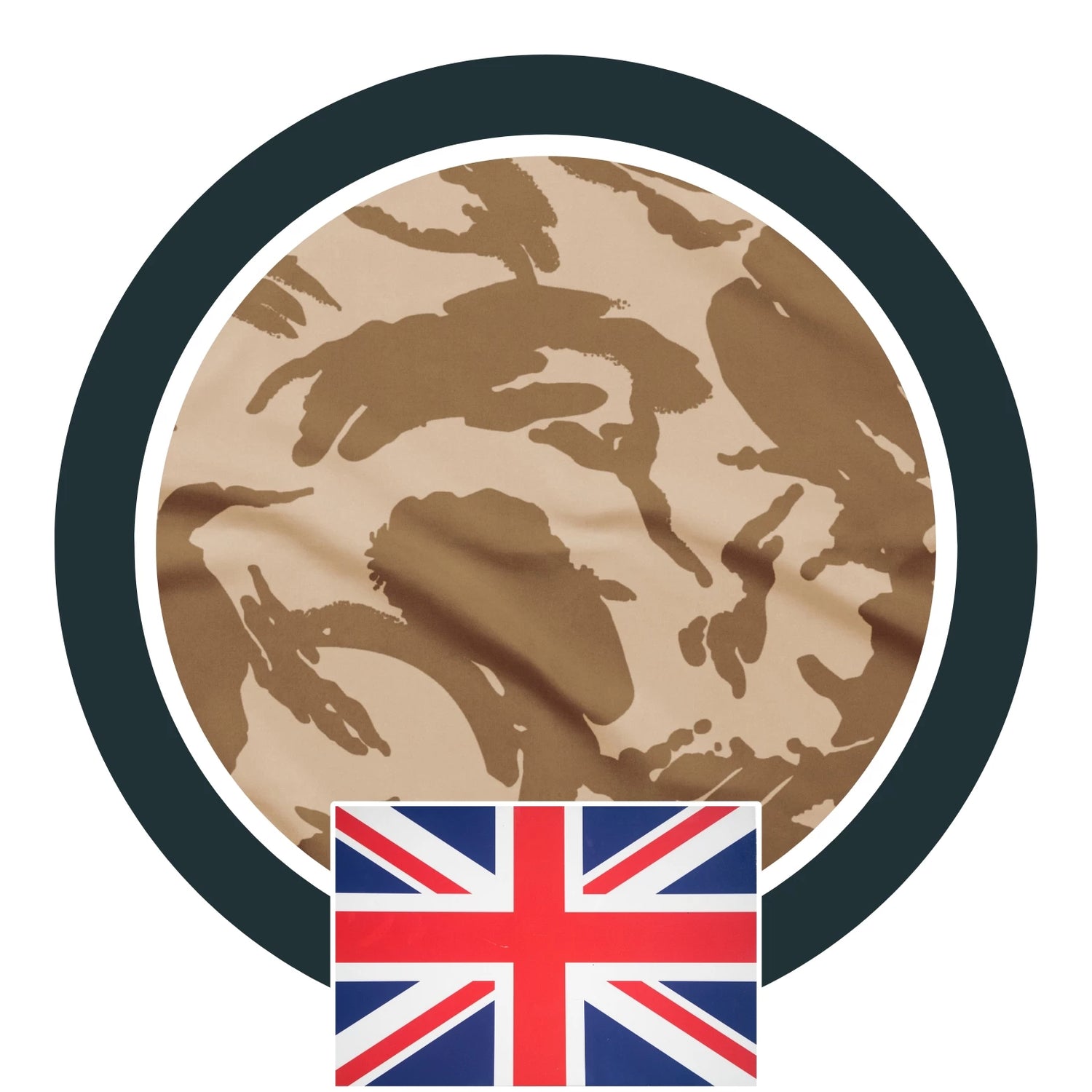
British DPM Desert CAMO
A desert variant of the British DPM was first issued on a...
-
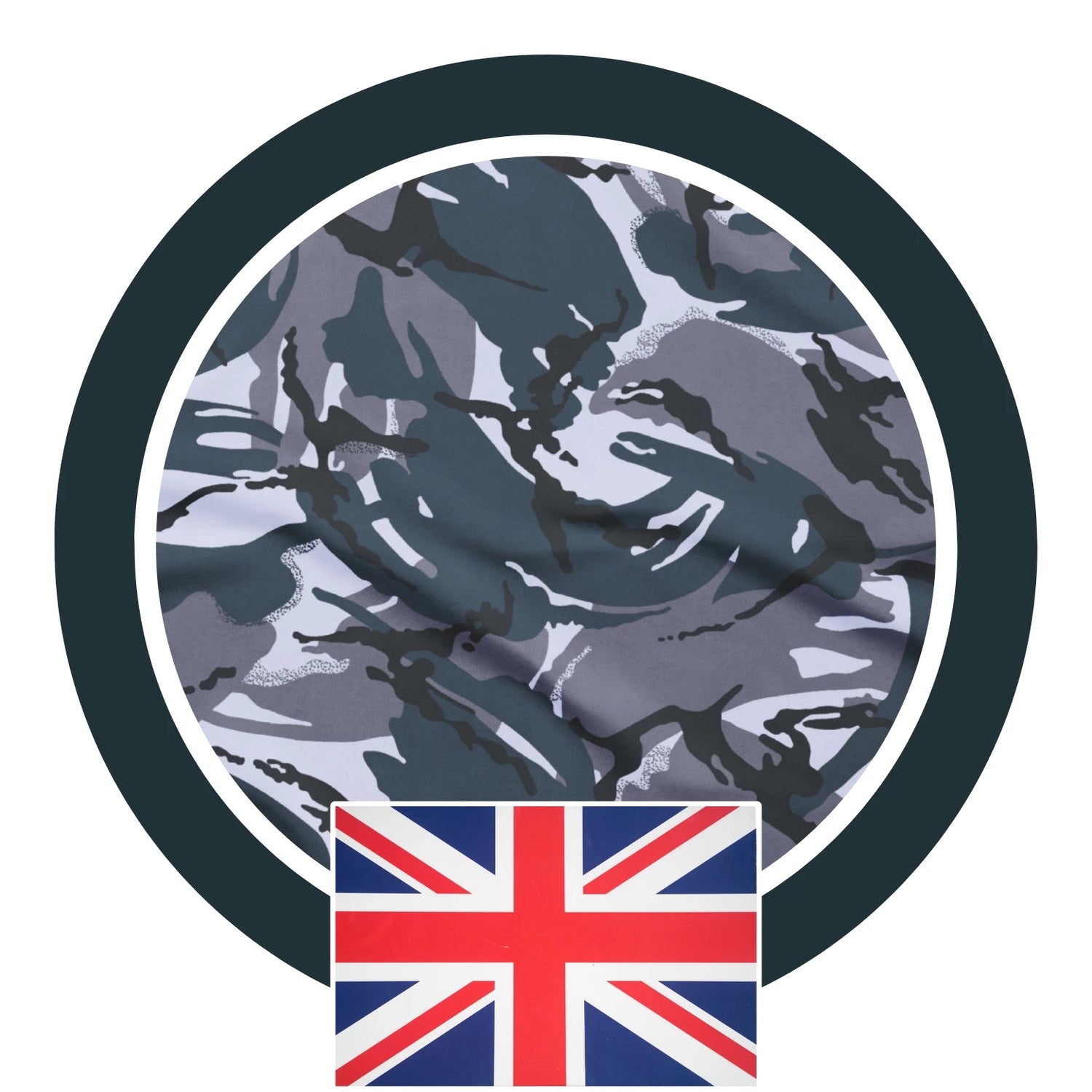
British DPM OPFOR CAMO
The predominantly blue/grey shades of the new OpFor uniform offered a complete...
-

British DPM PECOC CAMO
As part of the Personal Equipment and Common Operational Clothing (PECOC) program,...
-
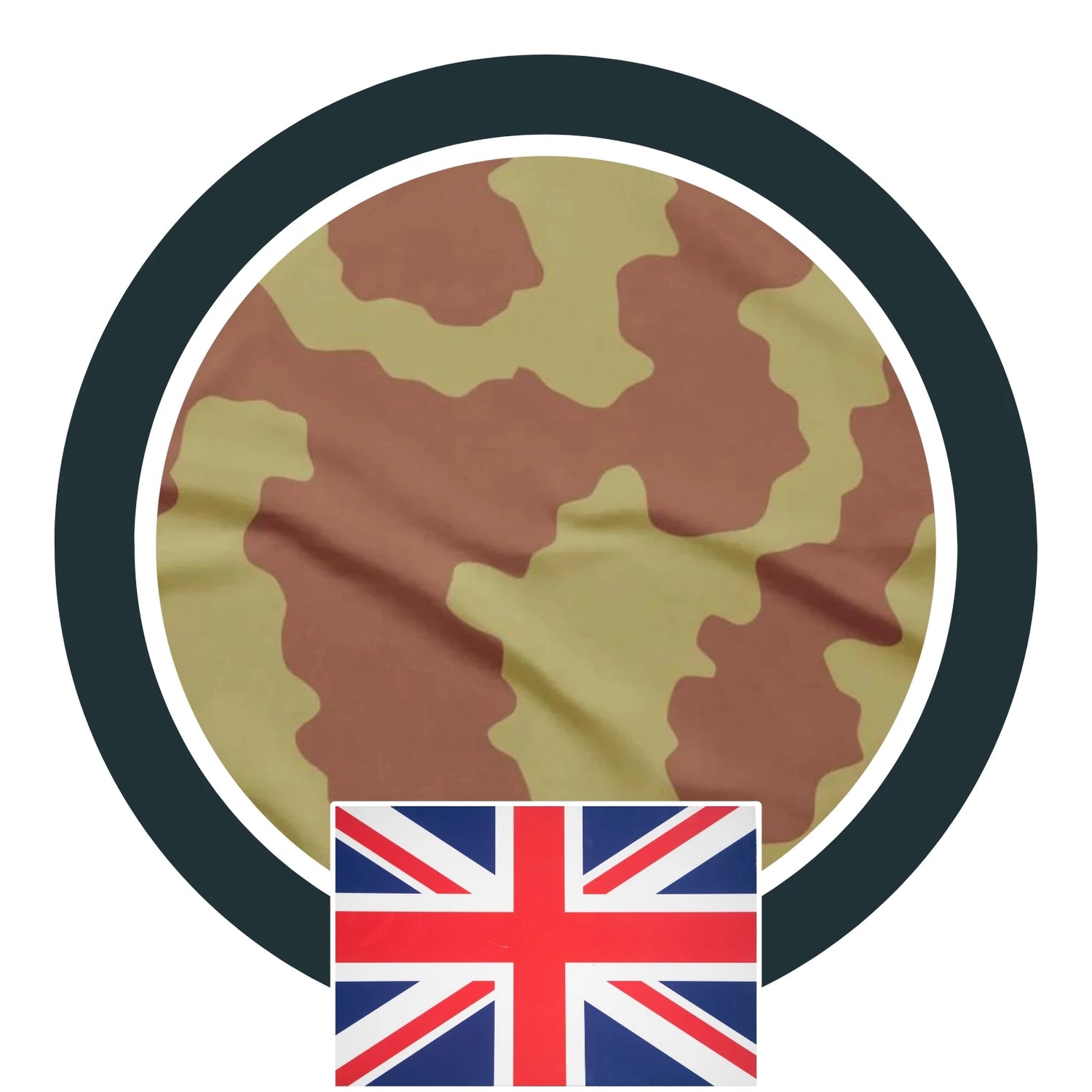
British WW2 Anti-Gas CAMO
One of the earliest mass-produced British camouflage items was an oversized smock...
-
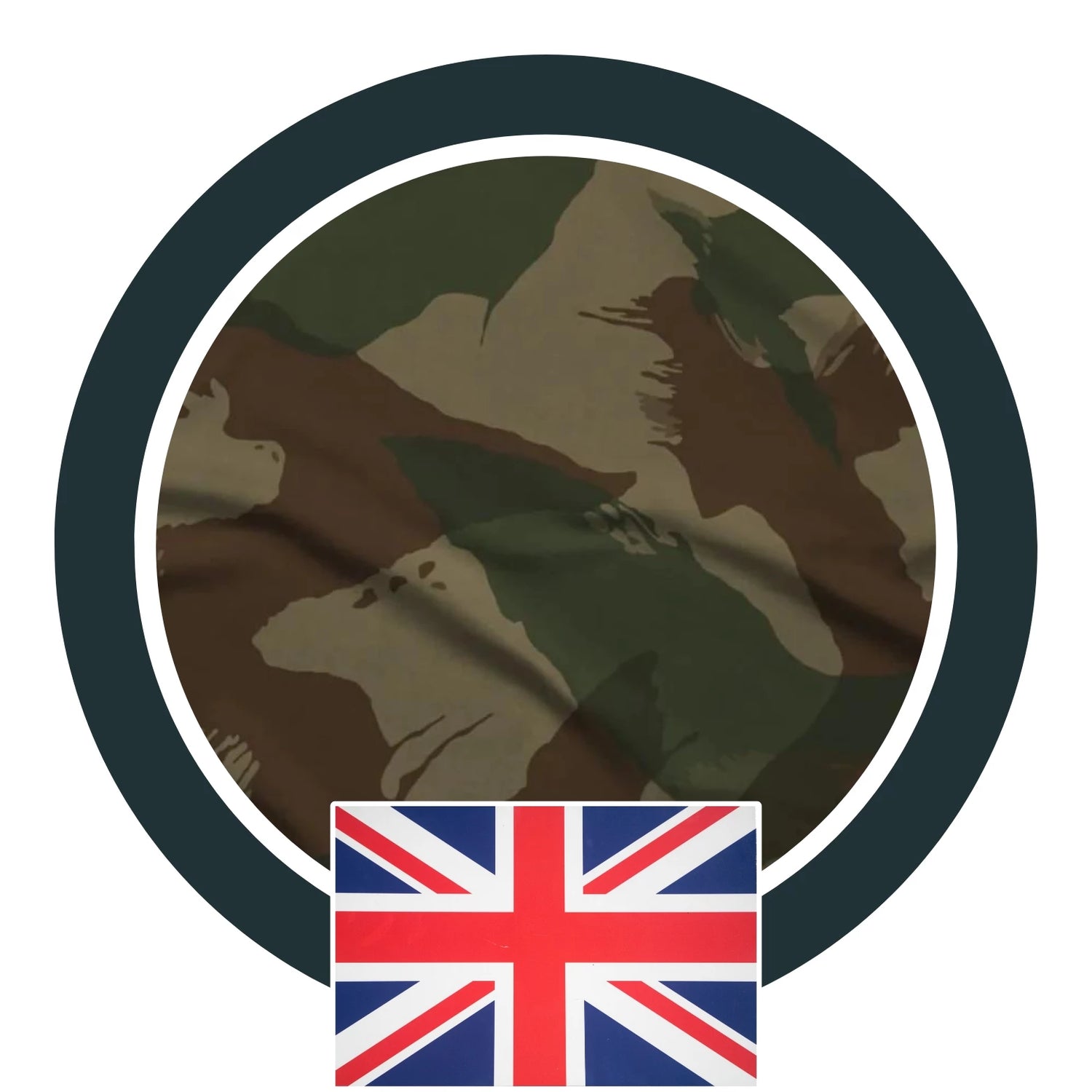
British WW2 Denison Airborne 2nd GEN CAMO
The colors of the 2nd pattern smock also differed from those of...
-

British WW2 Denison Airborne Autumn CAMO
The Denison smock was a distinctive camouflage garment used by British airborne...
-

British WW2 Denison Airborne CAMO
The Denison smock was a distinctive camouflage garment used by British airborne...
Camouflage Patterns from Britain
-
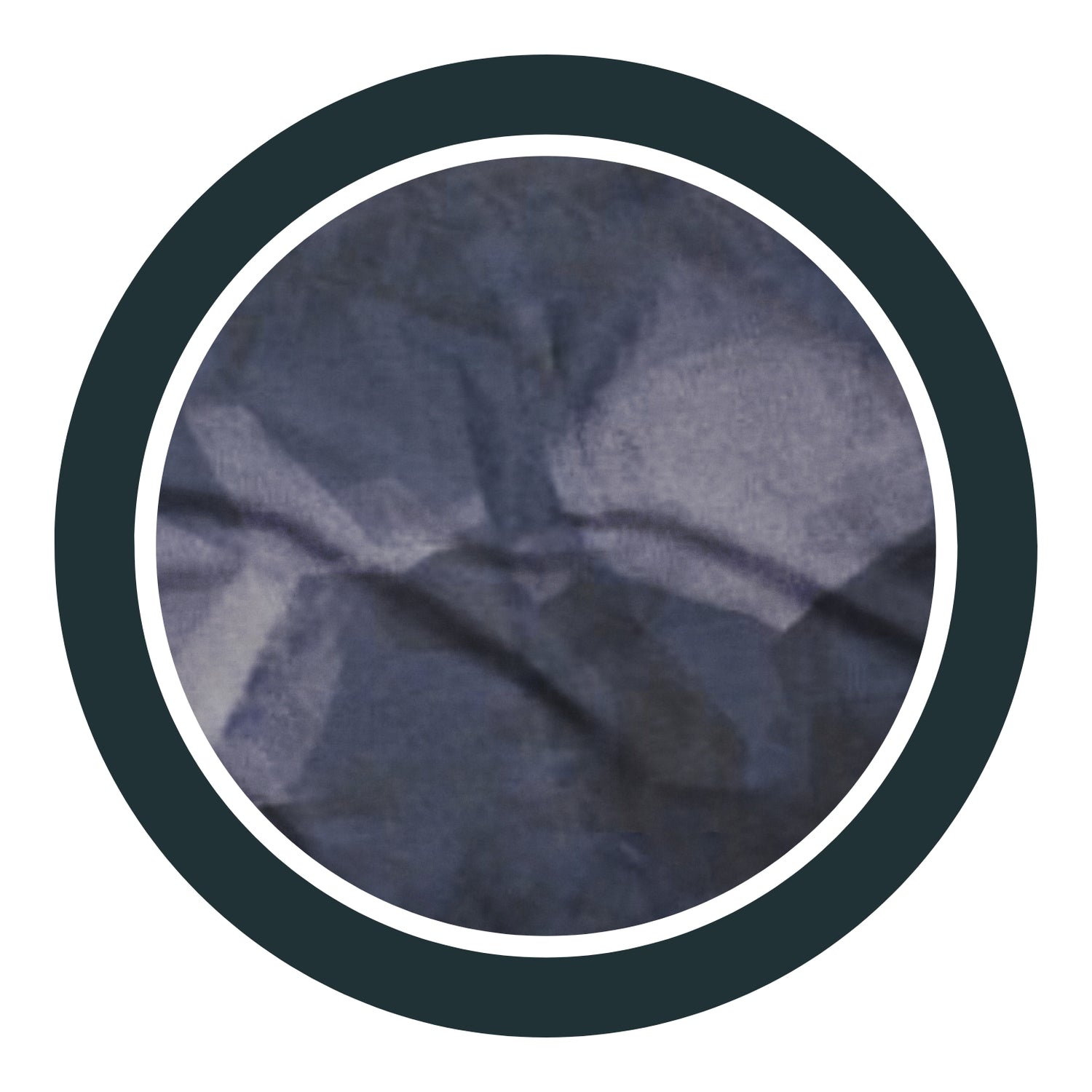
COMB Rust Urban CAMO
Comb camouflage consists of large hexagons blurred together to create a larger...
